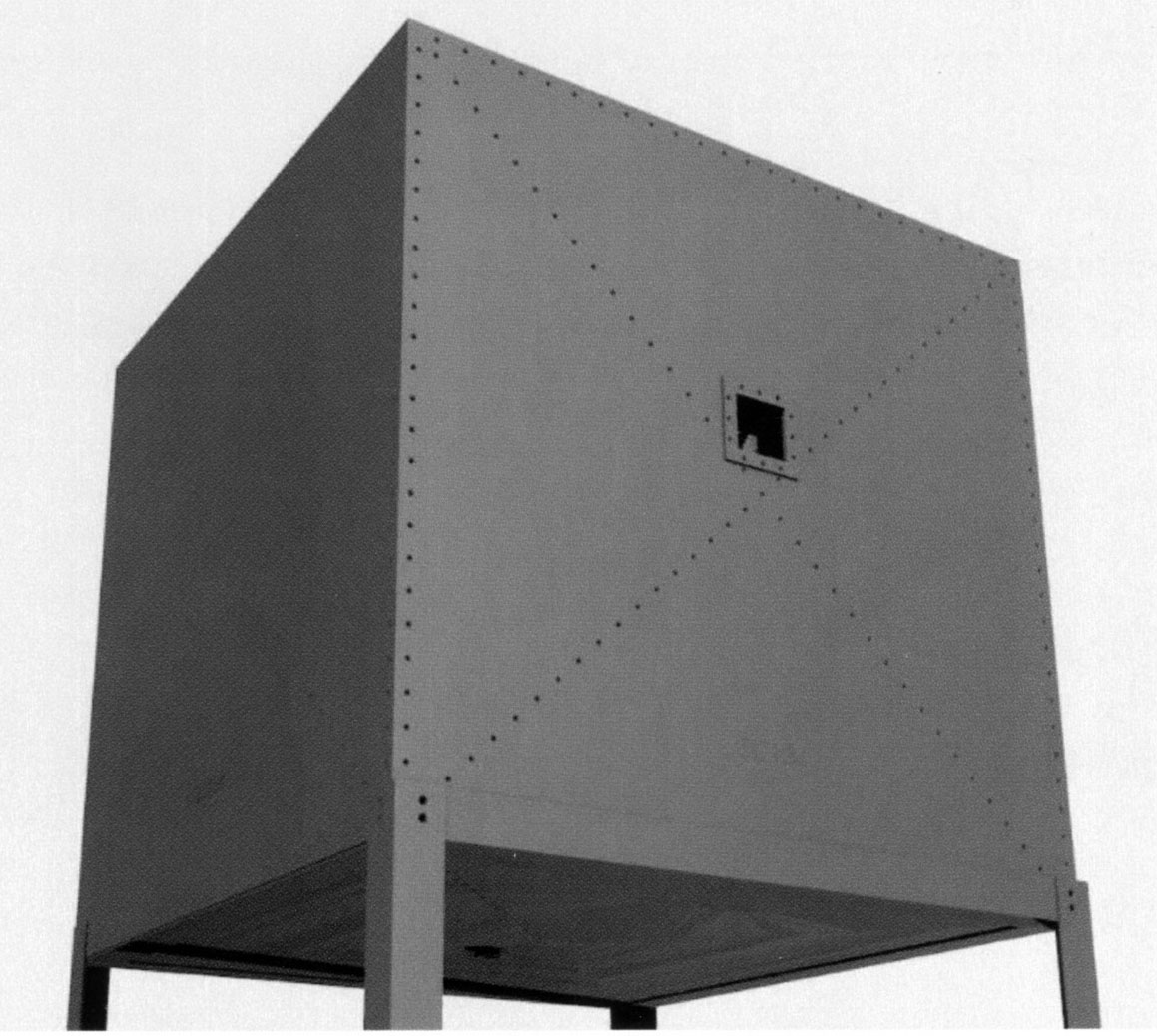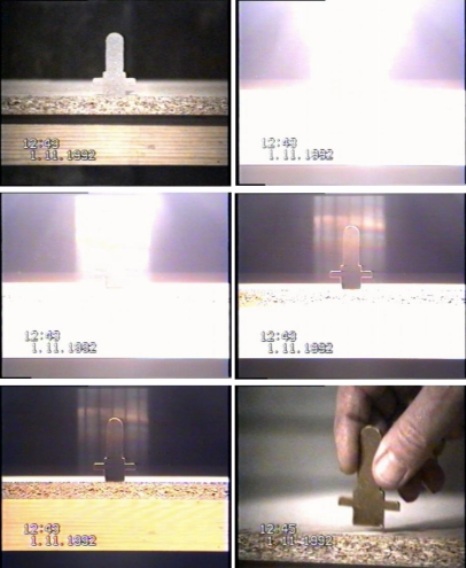At the 2023 SSE Conference in Bloomington, Indiana, speaker Stephan A. Schwartz gave a brief summary of his book in progress, which involved remote viewing the year 2050, with almost 5000 remote viewers participating. SSE member Garret Model asked him during the Q&A, what will be the energy source in the future? Schwartz responded that his remote viewers saw a “box” of different sizes that was placed near appliances or other energy-requiring applications. The box was not connected to an outlet. It was just placed next to whatever needed energy, and that was it! Unfortunately, Schwartz does not give any details of this box in his two recent papers (Schwartz, 2025a; 2025b).
The “box” reminded me of The Machine attributed to physicist Ettore Majorana and his student Rolando Pelizza. Here is a photo of a prototype:

Who is Ettore Marjorana? The Majorana 1 quantum chip, recently announced by Microsoft, is named after the Italian physicist, who proposed the existence of Marjorana fermions. Majorana had deep insight into subatomic physics, particularly neutrons and neutrinos. He was considered a genius by his fellows including Enrico Fermi. Modern physicists still read his papers for inspiration and ideas. He mysteriously disappeared in 1938 at the age of 32.
Some books (Alessandrini, 2017; Rio and Alessandrini, 2017) suggest that Marjorana did not die, but entered a monastery, so that he could continue his work in theoretical physics outside the reductionist mainstream. According to Rio and Alessandrini (2017), Marjorana later trained a student, Rolando Pelizza, who went on to build The Machine, as an application of Majorana physics.
What can The Machine do? One thing that it can do, according to Marjorana/Pelizza (Rio and Alessandrini, 2017), is “the heating of matter, a source of inexhaustible energy in the form of heat.” As an energy source in the future, The Machine will be able to do multiple functions, including:
-
-
- controlled annihilation of matter;
- slowing down of the spin of matter so that it heats up;
- transmutation of matter;
- transfer of matter.
-
In Alessandrini et al. (2018), there is a photo from an early annihilation experiment, where a hole is clearly visible in a meat cleaver and brick.

There are also photos from transmutation experiments where foam objects (made of polystyrene) are transmuted into a metal (here is the sequence of one such experiment below).

What is inside The Machine? A small car battery provides the electrical impulse to start five small motors (oriented East, North, West, South and Down) which cause spheres or discs to revolve or rotate, producing a particular magnetic/gravitational state, a ‘dimensional vacuum’, inside the central “spool”. A guide duct, containing selective particles of antimatter, leads from the spool to the outside, affecting any desired target.
According to Pelizza, The Machine works by thought. “To set it in motion there’s a “password” which I have to pronounce and which derives from one of my thoughts; if another person says the same word, the machine won’t work.” So, future technology may be based on human thought interacting with machines. For example, Dr. William Tiller conditioned devices with thought (‘intention’) that altered the measurable space of a laboratory. In a previous blog, I speculated that humans may be able to turn on devices with an intent wave (i.e., with a thought). It is a cool idea – the energy of humans will interact with an energy source in the future.
But what about the physics? What is coming out of the hole? Antimatter?? Francesco Alessandrini, an engineer, has spent a lot of time grappling with Third Millenium Physics based on Marjorana’s work; he details what he has learned in two books and a conference article. My sense is that, 1) Marjorana worked by First Principles, and 2) by extending First Principles to subatomic physics, we will be able to create such a machine. Elon Musk is quoted as saying that he works by First Principles, meaning: examine the underlying assumptions, start from the beginning, don’t just accept the prevailing scientific view. By doing that, Marjorana supposedly could see that the non-material (i.e., spiritual) world came first and is the foundation underlying physical creation. Ettore Marjorana is quoted as having said: “Physics is going the wrong way. We are all going the wrong way.” Current subatomic physics is based on ‘violating’ the atom via particle accelerators and fusion research. In contrast, The Machine ‘switches off’ the various physical fields to reach a “dimensional silence” where a small, delicate instruction (i.e., thought) can have great consequences in reality. Hopefully, physicists and engineers will re-examine subatomic physics from a new perspective, which includes non-material dimensions, so that we can develop a new energy source in the future – fully sustainable.
References
Alessandrini F (2017) Third Millenium Physics: In the Footsteps of Ettore Marjorana. Monee, IL: III Millenium Physics/Kindle Direct Publishing.
Alessandrini F, Rio R, Michelini A et al. (2018) Ettore Marjorana: Has the Mystery been Solved? Amazon Kindle: Third Millenium Physics.
Rio R, Alessandrini F (2017) The Machine: The Bridge between Science and the Beyond. Monee, IL: III Millenium Physics/Kindle Direct Publishing.
Schwartz SA (2025a) Science, precognitive remote viewing, and our future. SCHWARTZREPORT. https://www.schwartzreport.net/
Schwartz SA (2025b) Humanity’s precognition: Climate change and the decline of democracy. Explore 103104. https://doi.org/10.1016/j.explore.2024.103104